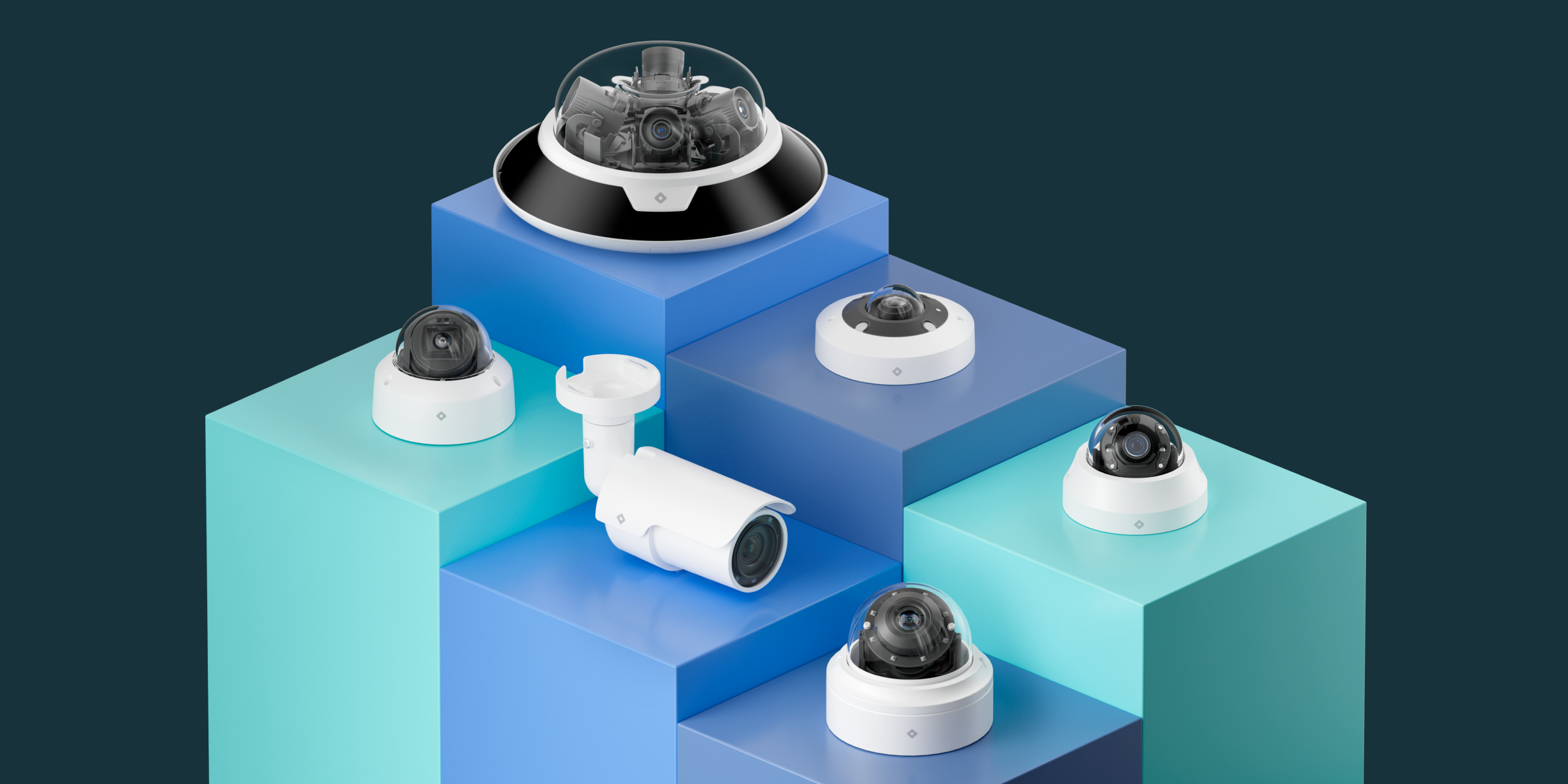How to Calculate ROI for a Video Security System

There’s often a question of how you calculate the ROI for your security cameras to help justify the cost. The usual way of calculating this return is figuring out how much some type of incident might cost you. If those incidents are a theft, some type of liability (customer or employee issue) or something similar, then this can be fairly easily to calculate. Maybe you have one of these incidents every year and they cost an average of $5000 per incident when you factor in all costs (time to investigate, loss of merchandise, legal fees paid, etc). If a security system saves you that incident cost, then it’s fairly easy to justify the cost of a video security system.
Often though, these types of events will occur and then you buy a system after the fact not knowing when the next one will occur. In the meantime, it would be nice if you could get more value out of a system. That’s often how we think about this question and why we aim to deliver more return on that investment between incidents.
More than Liability Protection
Some of this value can include the following:
- Being able to remotely check operations even when you’re offsite
- Sharing training video of best practices whether it might be a manufacturing process, customer support, or some other type of event
- Sharing marketing types of video with customers which can include new construction, popping in on a live fitness class, or showing a time-lapse video of an important customer event
- Gathering analytics around how many people are visiting a particular location
- Seeing a real-world marketing funnel of people visiting a store after a marketing campaign
These are all examples of where a modern video security system can drive more return on investment than a traditional system.
Real World Example
So in a real-world example, maybe a fitness gym needs 25 cameras and that system will cost them $6000/year or $500/month. Now, let’s say these cameras help them mitigate 5 incidents which each have a dollar value of $1000. That’s $5000 saved so now the system only costs $1000/year.
But, they can also use the system to live broadcast certain classes that marketing can use for promotional activities towards getting new members. Marketing might have paid $3000 for another solution to do this, but they can leverage these cameras which saves them $3000. Furthermore, the gym uses the system to count how often a certain room is being used to figure out if they want to convert it to another purpose. They would have normally paid someone $1000 to do the manual counting over a few weeks, but the cameras can unlock this data automatically and more reliably.
Summary of Investment Return Per Year
| System Cost | $6000 |
| Incident Savings | $5000 |
| Marketing Savings | $3000 |
| People Counting Savings | $1000 |
| Sub-Total of Savings | $9000 |
| Total Savings | $3000 |
All in all, by using a modern system, this gym is actually saving $3000/year. Obviously, this case is illustrative, but underscores the point that businesses should start thinking about their video security system as more than just an incident and liability deterrent. They should now think how it can be used across many business operations to return more value.



